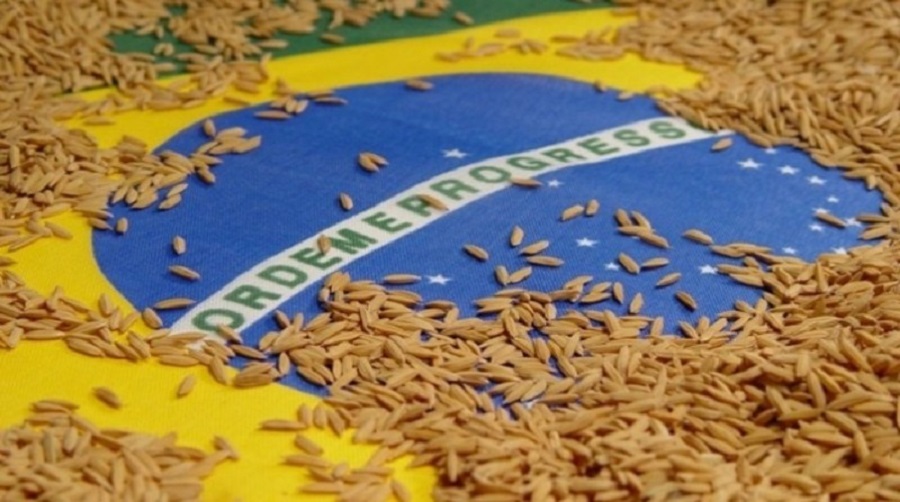RIO DE JANEIRO, BRAZIL – After a leap in sales in Brazil, exports and in prices in 2020, rice, the great “villain” of inflation that year, is now experiencing a very different situation.
In 2021, high prices were met by a population with shrinking incomes, while foreign buyers reduced their orders. The result is that sales of the product have dropped, and rice producers have a surplus of it in their stocks.

In December last year, rice stocks were approximately 35% higher than in December 2020, according to information from the National Supply Company (CONAB) and the Center for Advanced Studies in Applied Economics (CEPEA) of Esalq, the University of São Paulo’s agriculture school.
“In the domestic market, the population’s income has decreased and disrupted sales in general,” says Lucilio Alves, the researcher who heads CEPEA’s rice team.
He also explains that there is a normalization effect of the pandemic: if, in 2020, people stayed and ate more at home, which encouraged large-scale consumption of rice, the resumption of circulation and meals out in 2021 helped to diversify dishes again.
Concurrently, major grain-exporting countries like India and Indonesia began supplying the world again after suspending part of their exports during the pandemic, which again increased competition for Brazilian rice abroad.
“The industry is buying, but can’t pass on the costs to wholesalers and retailers, so producers’ margins are very low. Consumers are the ones who benefit,” Alves says.
HIGH OF 76%, DROP OF 16%
Reduced sales and frozen stocks have helped prices drop considerably. In supermarkets, rice – which reached over R$35 (US$6.42) per 5 kg bag in 2020 – fell 16% in 2021, according to data from the Extended Consumer Price Index (IPCA).
Among producers, in the field, the drop was even greater, 33% last year, CEPEA notes.
However, in neither case were the adjustments enough to offset the entire hike of the previous year, and those who want to buy rice are still paying much more than in early 2020, before the pandemic began.
The price of a bag of rice had risen 76% in 2020 in supermarkets, and is still 46% above the pre-pandemic level. In the field, the 2020 increase in the price of bags was nearly 100%, and the price charged is still 30% above its previous level.
WILL IT EVER BE CHEAP AGAIN?
As for 2022, CEPEA’s Alves says that it is unlikely that prices will drop more than this, also because producers’ cultivation costs have risen sharply during the pandemic.
“The cost of fertilizers, pesticides, in addition to the fact that rice uses a lot of energy and irrigation, which also became very expensive,” the researcher says.
This is causing the cost of planting rice to exceed producer’s income from sales, he says.
“Rice prices have not ceased to drop since October 2020, but they have stabilized in recent months, indicating that there is no more room for producers to cut them, given the pressure of costs.”
The persistently high dollar is also expected to continue to help prevent further drops, Alves adds, given that with a weak domestic market, producers are relying on the prospect of boosting exports in 2022 to help clear stalled stocks.

